Throwing with Shoulder Pain
- No painful injections
- No unnecessary surgery
- No expensive medications
Throwing with Shoulder Pain
- No painful injections
- No unnecessary surgery
- No expensive medications
What is Rotator Cuff Tendinitis?
The rotator cuff muscles are a group of 4 muscles that attach the humerus (upper-arm bone) to the scapula (shoulder blade). The rotator cuff muscles help raise, rotate, and stabilize the upper arm. A tendon is a bundle of fibers that connect the muscles to the bone. Rotator cuff tendinitis occurs when the tendon connected to the rotator cuff muscles becomes inflamed and irritated. It can be caused by:- Poor posture, such as rounded shoulders caused by leaning over a computer for long periods of time.
- Repetitive arm movements, such as those performed by a hair stylist or painter.
- Overhead shoulder motions, such as those performed by baseball pitchers or swimmers.
- Tight muscles and tissues around the shoulder joint.
- Weakness and muscle imbalances in the shoulder blade and shoulder muscles.
- Bony abnormalities of the shoulder region that cause the tendons to become pinched (shoulder impingement syndrome).
How Does Rotator Cuff Tendinitis Feel?
Rotator cuff tendinitis is characterized by shoulder pain that can occur gradually over time or start quite suddenly. The pain occurs in the shoulder region and sometimes radiates into the upper arm. It does not usually radiate past the elbow region. You may be symptom free at rest or experience a mild, dull ache; however, pain can be moderate to severe with certain shoulder movements. Reaching behind the body to perform a motion, as in fastening a seat belt, can be very painful. So can overhead activities, such as throwing, swimming, reaching into a cupboard, or combing your hair. The pain can worsen at night, especially when rolling over or attempting to sleep on the painful side. You may notice weakness when lifting and reaching for household items. Holding a heavy platter or taking a pan off the stove may become difficult.How Is Rotator Cuff Tendinitis Diagnosed?
A physical therapist will perform an evaluation and ask you questions about the pain and other symptoms you are feeling. Your therapist may perform strength and motion tests on your shoulder, ask about your job duties and hobbies, evaluate your posture, and check for any muscle imbalances and weakness that can occur between the shoulder and the scapular muscles. Your physical therapist will gently touch your shoulder in specific areas to determine which tendon or tendons are inflamed, and special tests may need to be performed to determine this.How Can a Physical Therapist Help Rotator Cuff Tendinitis?
It is important to get proper treatment for tendinitis as soon as it occurs. A degenerated tendon that is not treated can begin to tear causing a more serious condition. Physical therapy can be very successful in treating rotator cuff tendinitis, tendinosis, and shoulder impingement syndrome. You will work with your physical therapist to devise a treatment plan that is specific to your condition and goals. Your individual treatment program may include: Pain management. Your physical therapist will help you identify and avoid painful movements to allow the inflamed tendon to heal. Ice, ice massage, or moist heat maybe used for pain management. Therapeutic modalities, such as iontophoresis (medication delivered through an electrically charged patch) and ultrasound may be applied. Manual therapy. Your physical therapist may use manual techniques, such as gentle joint movements, soft-tissue massage, and shoulder stretches to get your shoulder moving again in harmony with your scapula. Range-of-motion exercises. You will learn exercises and stretches to help your shoulder and shoulder blade move properly, so you can return to reaching and lifting without pain. Strengthening exercises. Your physical therapist will determine which strengthening exercises are right for you, depending on your specific condition. You may use weights, medicine balls, resistance bands, and other types of resistance training to challenge your weaker muscles. You will receive a home-exercise program to continue rotator cuff and scapular strengthening, long after you have completed your formal physical therapy. Patient education. Posture education is an important part of rehabilitation. For example, when your shoulders roll forward as you lean over a computer, the tendons in the front of the shoulder can become pinched. Your physical therapist may suggest adjustments to your workstation and work habits. Functional training. As your symptoms improve, your physical therapist will help you return to your previous level of function that may include household chores, job duties and sports- related activities. Functional training can include working on lifting a glass into a cupboard or throwing a ball using proper shoulder mechanics. You and your physical therapist will decide what your goals are, and get you back to your prior level of functioning as soon as possible.Can Rotator Cuff Tendinitis be Prevented?
Rotator cuff tendinitis can be prevented by:- Maintaining proper shoulder and spinal posture during daily activities, including sitting at a computer.
- Performing daily stretches to the shoulder and upper back to maintain normal movement. Tightness in the upper back, or a rounded shoulder posture will decrease the ability to move your torso, and that makes the shoulder have to work harder to perform everyday activities, such as reaching for objects.
- Keeping your upper body strong, including the upper back and shoulder-blade muscles will help prevent tendinitis. Many people work the muscles in their chest, arms, and shoulders, but it is also important to work the muscles around the shoulder blade and upper back. These muscles provide a strong foundation for your shoulder function. Without a strong foundation, muscle imbalances occur and put the shoulder at risk for injury.
To Get A "Insider's Look" At Our Treatment Approach And How We Get Results...
Click Below To Watch Our Exclusive Webinar! It's Simple, Short, and It's Free!

- Learn The Essential First Step... So You Can Get Pain Free Again
- See Why Treatment Needs To Be Individualized, Not Standardized...So You Get Faster Results!
- Learn How You Can Save Money...So You Don't Have To Waste $1000's On Unnecessary Treatments
Solve the root cause of your pain
How Our Treatment is Different
We believe that working with a specific specialist for your care is the best way to solve the root cause of your pain. Work one-on-one with a Doctor of Physical Therapy every time your visit our office.
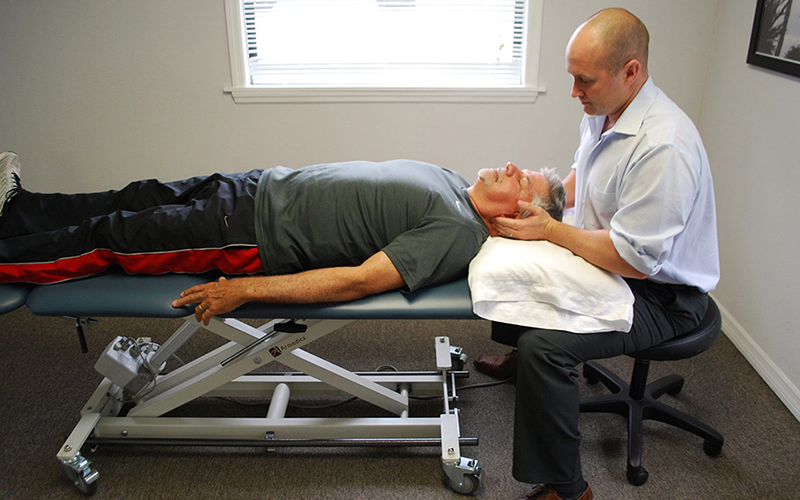
Exclusive one-on-one patient care
While most clinics will give you a limited amount of time with your Doctor, we believe that true results come from consistent one-on-one therapy.
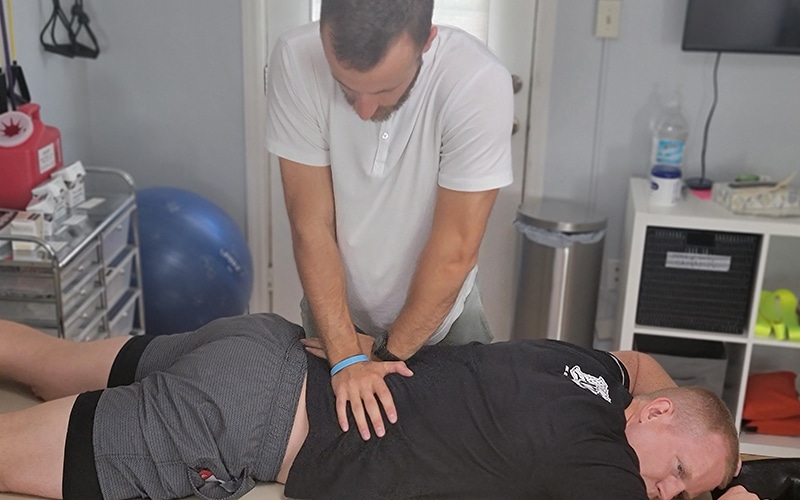
Work with your specialist every visit
Stop being handed off to trainees or non-Doctors for your Physical Therapy. At Pursuit, you'll work exclusively with your Doctor of Physical Therapy that specializes in your specific needs.
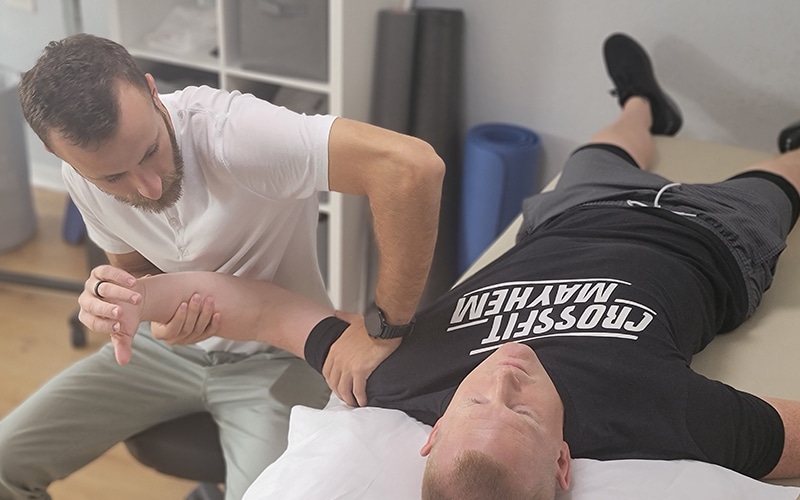
24/7 messaging access to your specialist
Ever have an issue or questions? We're here to help. Get 24/7 access to your specialist while you're under our care. Physical Therapy doesn't just happen when you're in our clinic, so we're here for you when you need us.
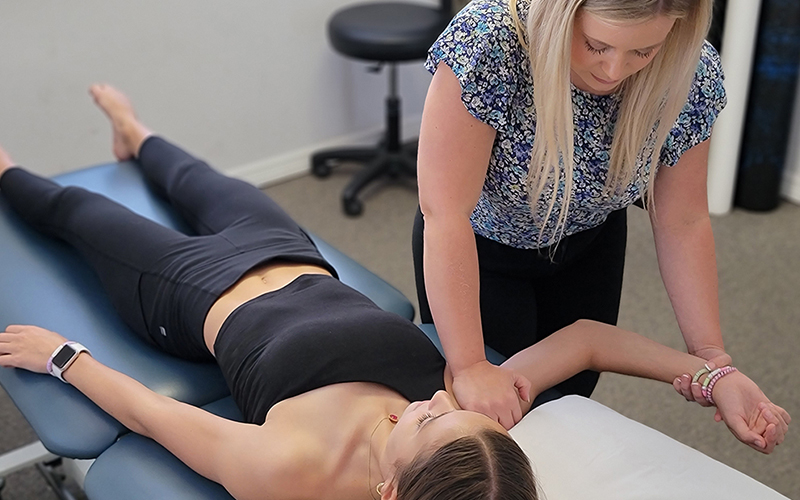
No waiting periods
Get off that waiting list and get the treatment you need. We're always ready to accept new patients, so you can get better faster and get back to a pain-free life that you deserve.
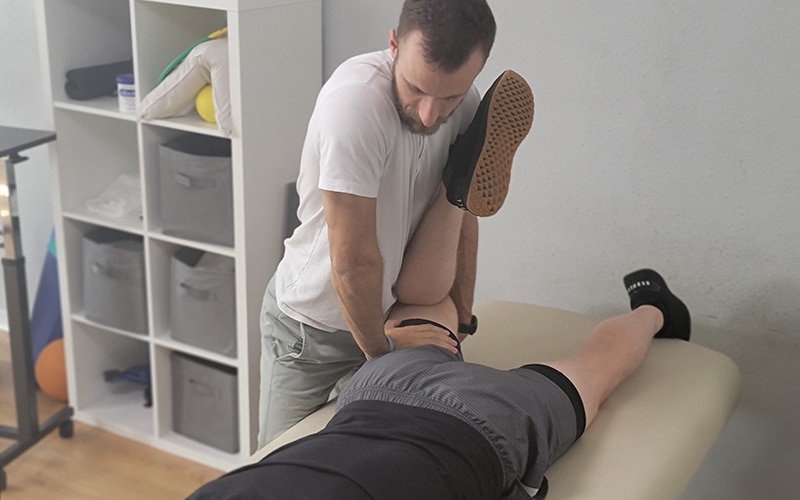
Not limited by insurance
Don't let the insurance companies tell you how much treatment you need. Avoid the limitations of short sessions that insurance provides and work with our Doctors when you need it and for as long as you need it.
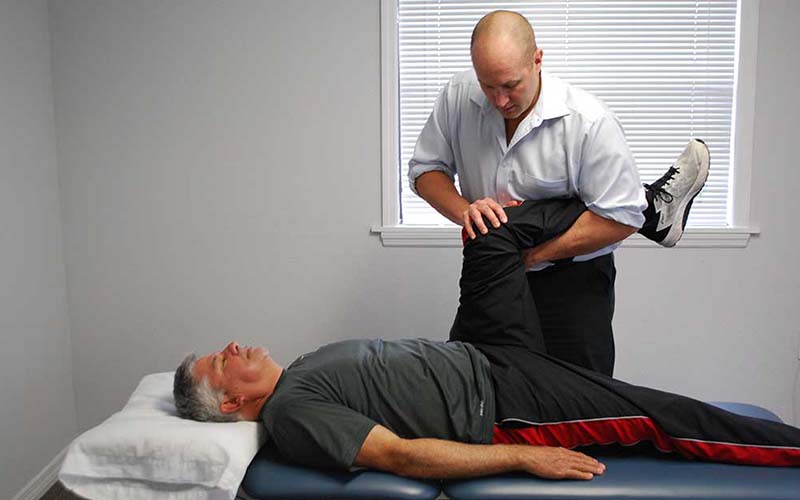
No painful injections, no expensive medications, no surgery
In order to truly solve your pain, we use a holistic approach to Physical Therapy, not relying on injections, medications, or surgery. Instead, we'll strengthen your body's weak points that are causing your pain.
MEET THE TEAM

RON MILLER, DPT, OCS, Cert DN
Doctor of Physical Therapy | Board Certified Orthopaedic Physical Therapy Clinical Specialist | Post-Doctoral Orthopaedic Residency Trained | Certified in Dry Needling | Titleist Performance Institute Certified
Dr. Ron Miller is the owner and founder of Pursuit Physical Therapy. His core belief is that it is not about the physician, the physical therapist, or the insurance company: it is about what is truly best for the patient. Dr. Miller started...
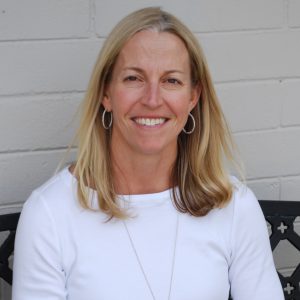
CAREY ROTHSCHILD, DPT, OCS, SCS, CSCS, CKTP
Doctor of Physical Therapy and Assistant Professor at the University of Central Florida | Board Certified Orthopaedic Clinical Specialist
| Board Certified Sport Clinical Specialist
Dr. Carey Rothschild is an Assistant Clinical Professor in the Doctor of Physical Therapy Program at the University of Central Florida. Dr. Rothschild earned a Bachelor of Health Science in Physical Therapy in 1999 from the University of Florida and a Doctor of Physical Therapy from Boston University in 2005...

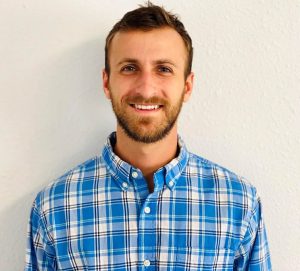
MICHAEL FABRICK, DPT, Cert. DN
Doctor of Physical Therapy | Certified in Dry Needling | Pursuit Sports Performance Specialist | Professional Tennis Tour Physical Therapist
Dr. Michael Fabrick was born and raised in Hanover, Pennsylvania and attended Slippery Rock University where he received his Bachelor’s degree in Exercise Science. He then went on to receive his Doctorate Degree in Physical Therapy in May of 2020. During his final tenure as a Doctoral intern, he trained underneath Todd Ellenbecker, who is one of the world’s leading experts on shoulder rehabilitation and is the Vice President of Medical Services for the ATP World Tour...
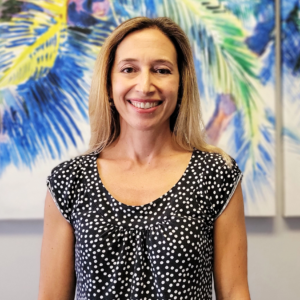
MARYANN DANIELS, PT, MCMT, IDN
Physical Therapist | Dry Needling Certified | Mastery Certified In Manual Therapy | Pelvic Floor And Post Partum Specialist
Maryann was originally born in Connecticut but moved to Florida with her family at the age of 9 and she grew up in Jupiter, Florida. She then went to college at the University of Central Florida...

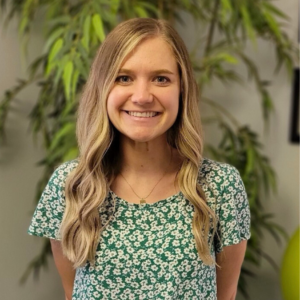
Kayla Cook, DPT, HSP, CSCS
Doctor of Physical Therapy | Hesch Sacroiliac Practitioner | Certified Strength And Conditioning Specialist | Ehlers-Danlos Syndrome Specialist | Volleyball Specialist
Dr. Kayla Cook was born and raised in Northern California and received her undergraduate degree in Kinesiology from California State University in Sacramento. She then received her Doctorate in Physical Therapy from The University of St Augustine for Health Sciences...
To Get A "Insider's Look" At Our Treatment Approach And How We Get Results...
Click Below To Watch Our Exclusive Webinar! It's Simple, Short, And It's Free!

- Learn The Essential First Step...So You Can Get Pain Free Again
- See Why Treatment Needs To Be Individualized, Not Standardized...So You Get Faster Results
- Learn How You Can Save Money...So You Don't Have To Waste $1000's On Unnecessary Treatments
BECOMING PAINFREE IS EASIER THAN YOU THINK

Step 1:
Call our expert team.

Step 2:
We’ll work with you to find and treat the root of your pain.

Step 3:
Get back to doing what you love.
